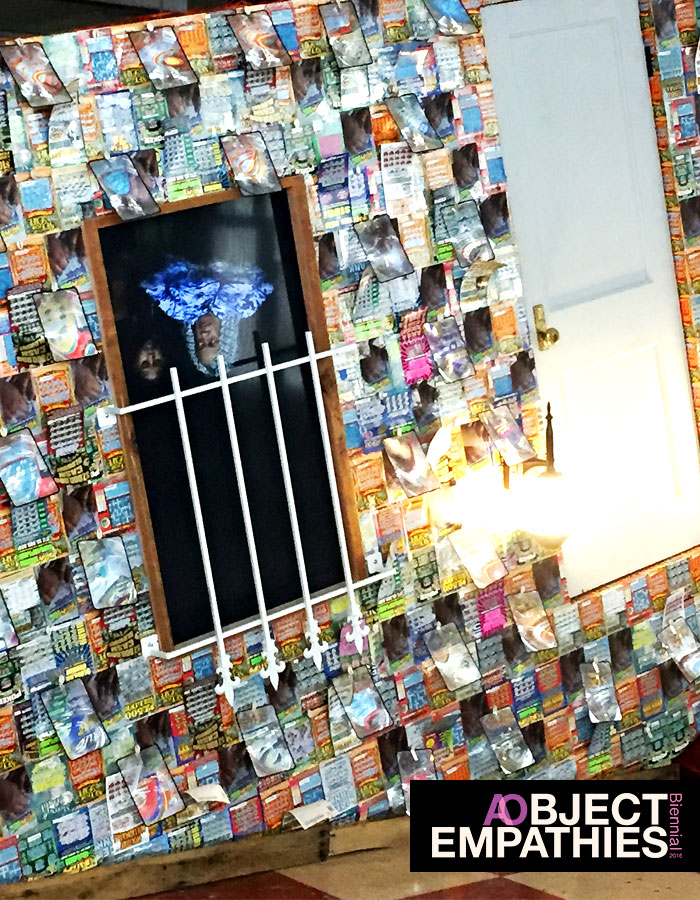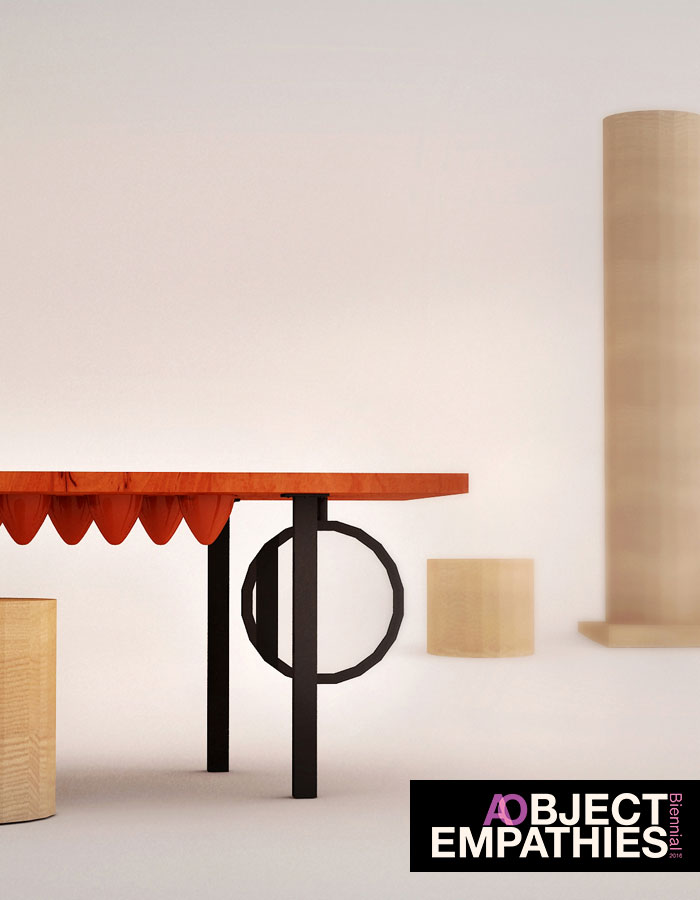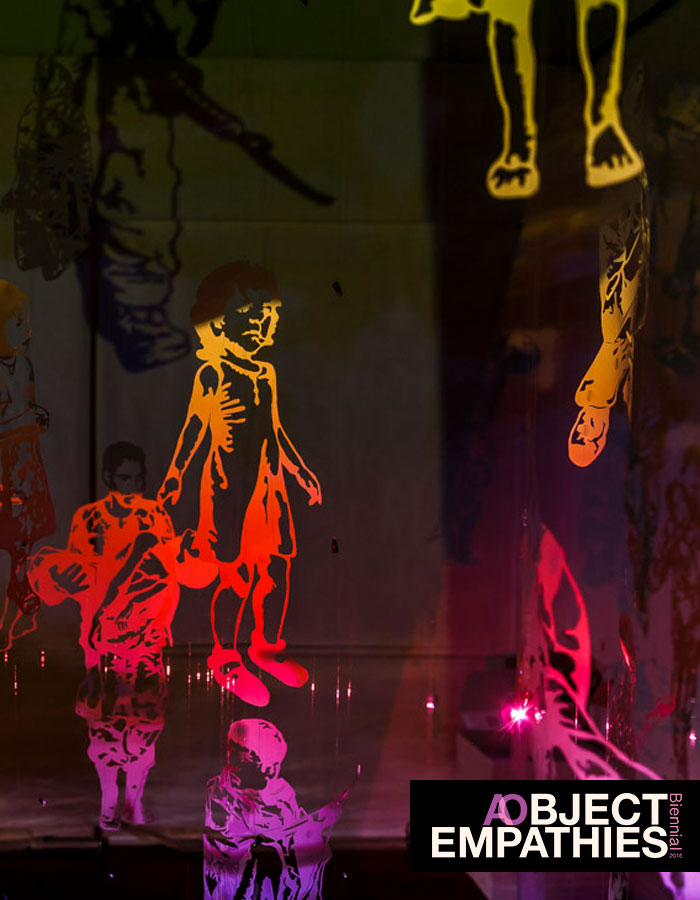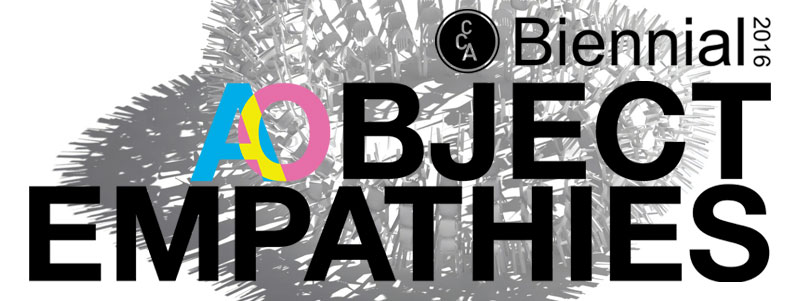
Why EMPATHY?
Looked at from a wide perspective, ideas and experiences of empathy are expressed in many disciplines and forms, including many that would not immediately or characteristically be understood as empathetic: affordances in architecture and design, artificial intelligence in computation, mirror neurons in developmental psychology, network applications in information studies, responsive environments in media, synthetic biology in science, are but the few that come to mind.The 2016 Cornell Biennial will address the ways in which feeling is form and explore how the objects, buildings, clothing, machines, languages, and images we construct are shaped by our intentional or implicit emotional, interdependent relationship to others.
The 2016 CCA Biennial, focused on the cultural production of empathy, will address the ways in which feeling is form and explore how the objects, buildings, clothing, machines, languages, and images we construct are shaped by our intentional or implicit emotional, interdependent relationship to others. Whether by framing a connection that already exists or by providing the condition for new connections, what we create can either merely extend our own personal desires, goals, and directives, or can alternatively function as a bridge between who I am and who you are so that aesthetic experiences are interdependent, collaboratively generated and inherently reciprocal.
Ideas of interdependent form in art have been addressed recently in theories of relational and participatory practices, but theories of art’s generation out of an intentional acknowledgement of the other—whether viewer, audience, citizenry, crowd, or globe—is often understood as rhetorical anticipation rather than actual co-authorship. It is the structure of inter-subjective experience that we hope to understand through a variety of ways of thinking about form as the political, aesthetic, and societal distinctions between “me” and “we.”
Looked at from a wide perspective, ideas and experiences of empathy are expressed in many disciplines and forms, including many that would not immediately or characteristically be understood as empathetic: affordances in architecture and design, artificial intelligence in computation, mirror neurons in developmental psychology, network applications in information studies, responsive environments in media, synthetic biology in science, are but the few that come to mind.
Read more at The Cornell Chronicle.
Participating artists + groups

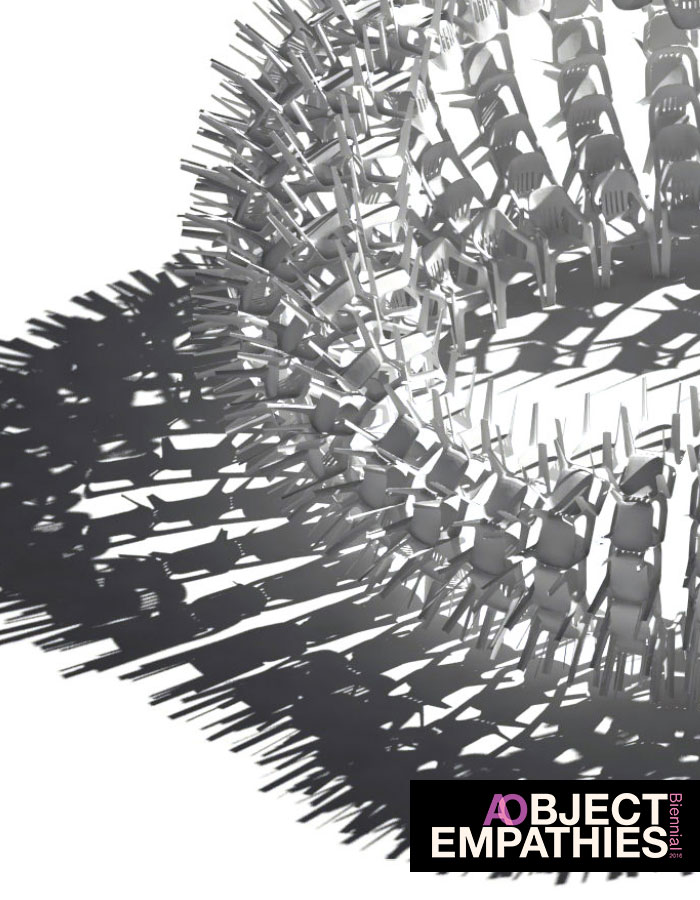
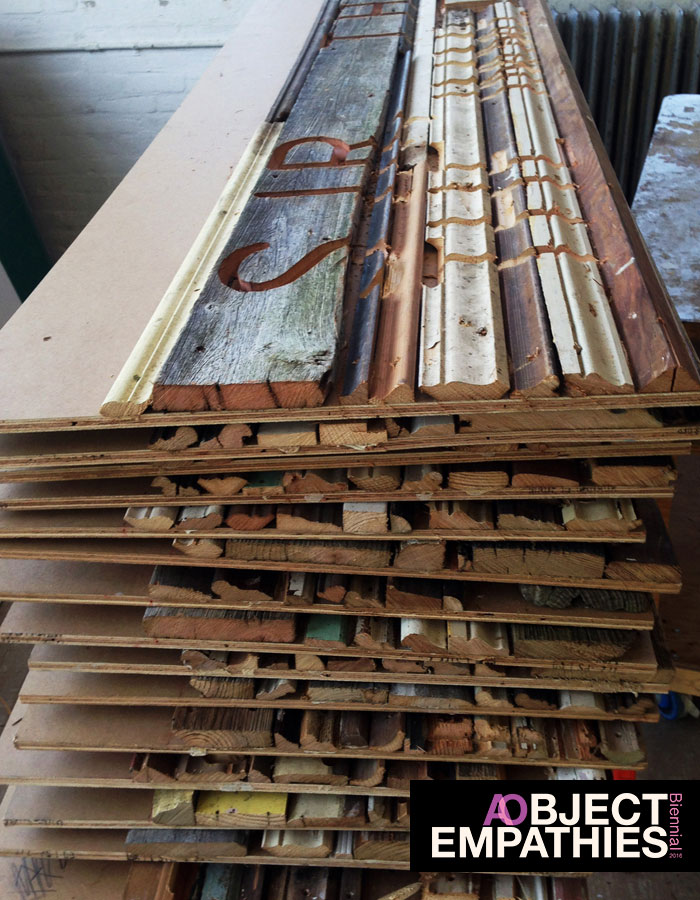
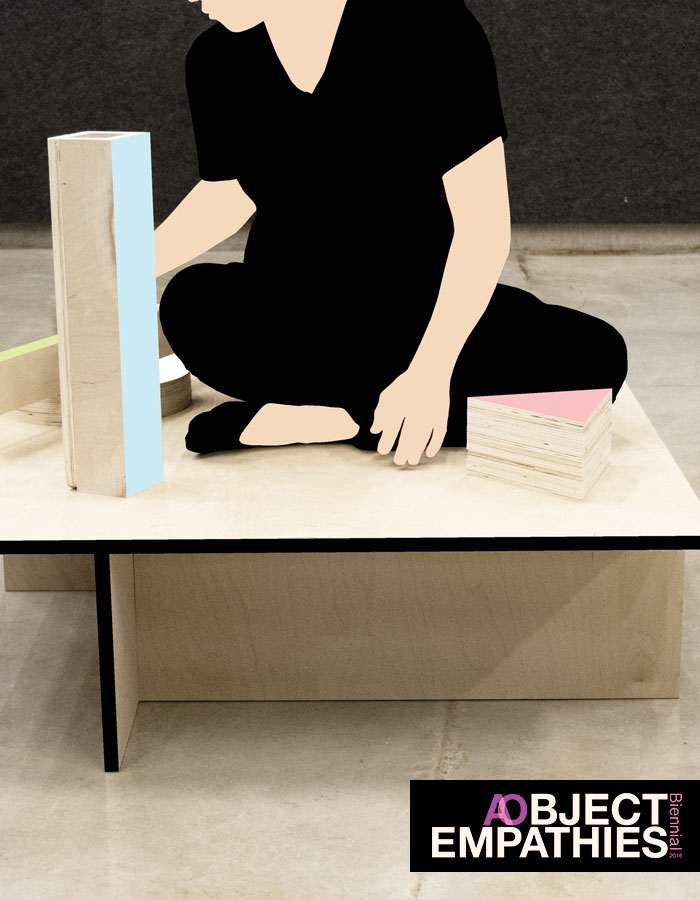
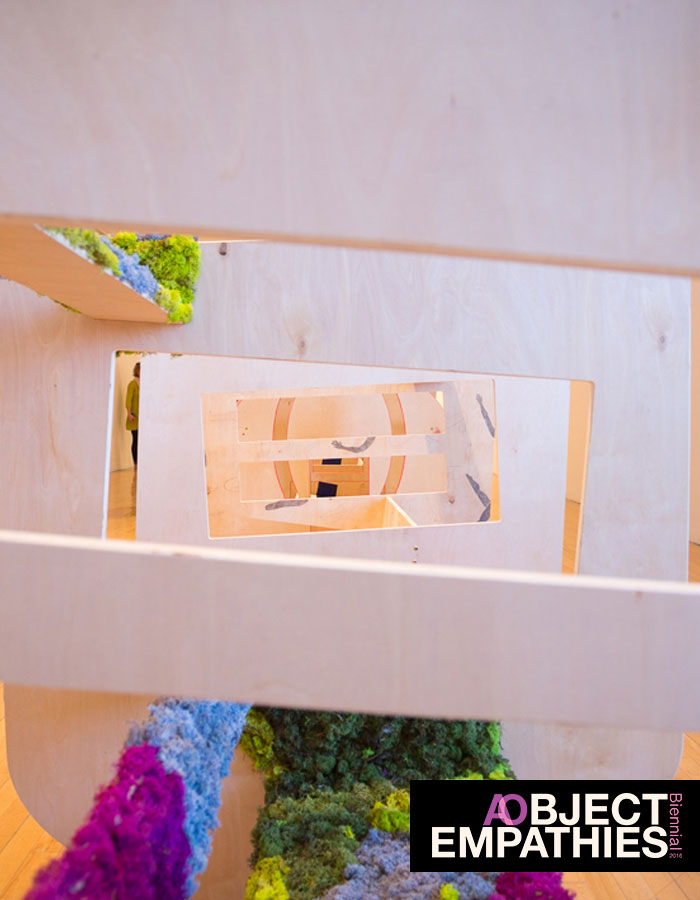

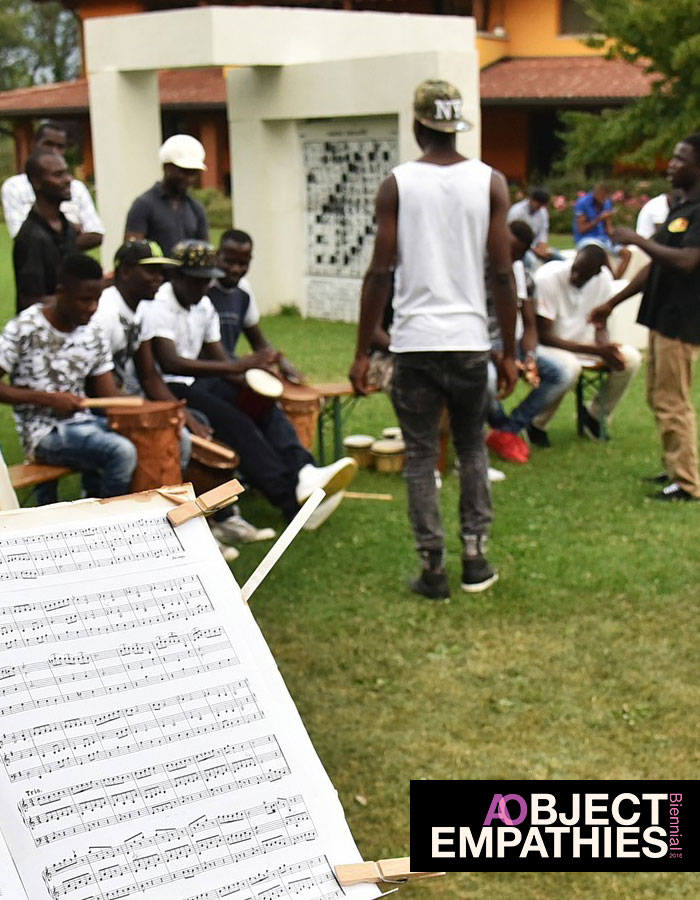
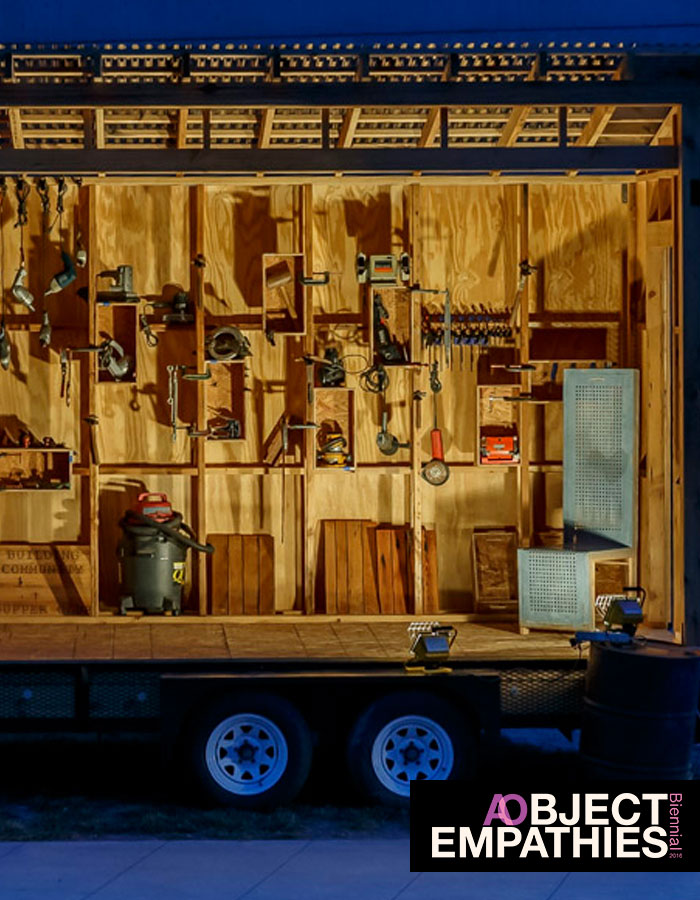
CORNELL BIENNIAL
2016 Cornell Biennial Team
Kent Kleinman (Lead Dean)
Stephanie Owens (Curator/CCA Director)
Erin Emerson (Program Coordinator)
Mariko Azis (Curatorial Assistant)
Prateek Rath & Maggie O’Keefe (CCA Interns)
Curatorial Committee
Andrea Inselmann (Herbert F. Johnson Museum of Art)
ED Intemann (Performing and Media Arts)
Kevin Ernste (Music/Director Cornell Electroacoustic Music Center)
Maria Goula (Landscape Architecture)
Caroline O’Donnell (Architecture)
Kathleen Gibson (Human Ecology)
Cornell Staff
Frank Parish (AAP Facilities Director)
Jason Cragle (Cornell Facilities Project Manager)
Danny Salomon (Rand Shop Manager)
Sara Garzon
Cameron Neuhoff ’16
Dan Aloi (Cornell Chronicle)
Jason Koski (University Photography)
Robert Barker (University Photography)
